Cinnamon tree clinging to the ground for a hundred years
We arrived at Vien Son area in Van Yen district, old Yen Bai province (now Xuan Ai commune, Lao Cai province) when the dry autumn sun had dyed the mountain slopes yellow. The already narrow road became even more difficult after the floods caused by the circulation of storms No. 10 and 11 that had just swept through.
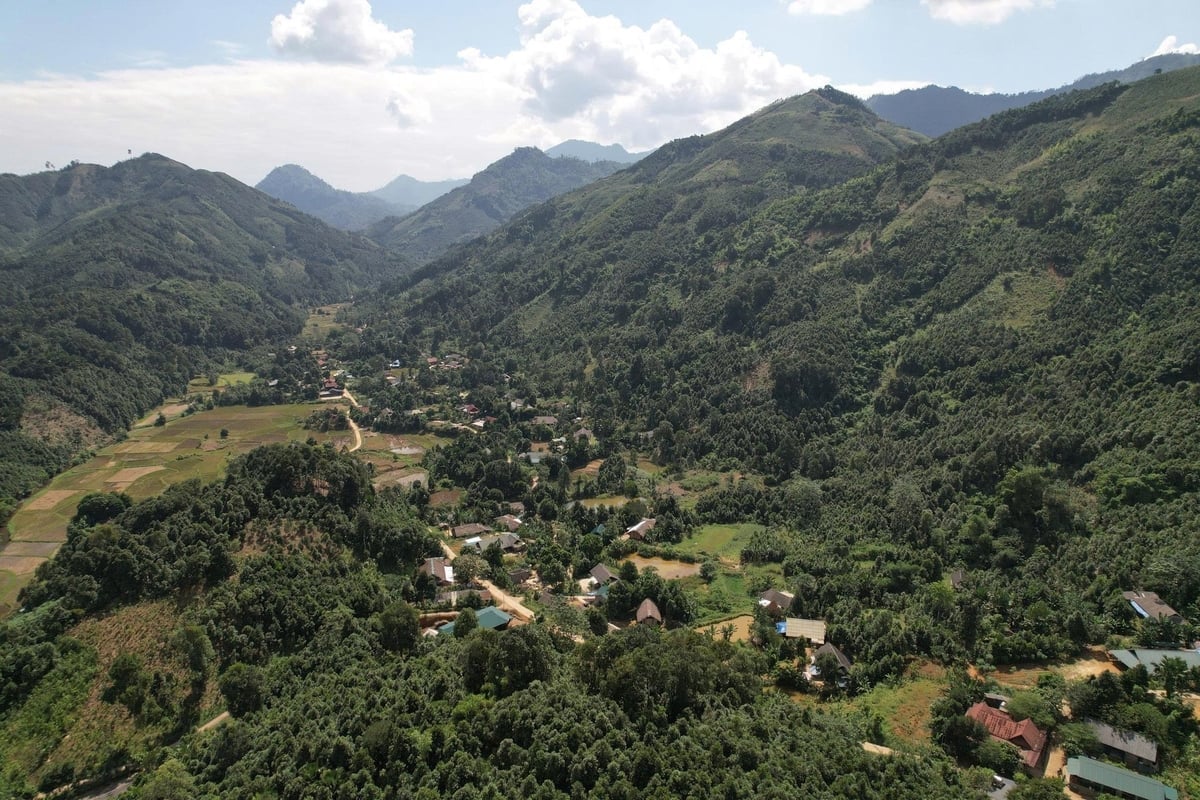
Cinnamon trees cover the hills of Vien Son. Photo: Thanh Tien.
After more than an hour of struggling on the road of just over 10 kilometers from the center of Xuan Ai commune to the Vien Son area, we arrived when the sun was at its zenith. The midday sun was quite harsh but the air was extremely cool and pleasant. Cinnamon trees covered the entire area from the top of the high mountain down to the deep valley, a vast, rich, dark green.
It was the middle of the cinnamon harvest season, so the atmosphere was bustling with work. In front of the Dao people's houses, batches of freshly peeled cinnamon bark were being dried. A strong, spicy, warm aroma of cinnamon essential oil spread, covering the entire peaceful mountain area.
We met Mr. Ly Van Kim - a long-time cinnamon grower in Thap Cai village. Sipping a cup of strong tea, Mr. Kim slowly told about the difficult early days: "I came down from the mountain here in 1964. At that time, Vien Son was very wild, only dense forests and mountains. There were no roads, only trails, we had to go through the forest and bushes to get there."
The life of the first generations of residents like Mr. Kim was a struggle against hunger and poverty. He recalled: “When we came here, we mainly ate cassava and corn. During the famine, we also had to eat brown tubers and yams dug up in the forest. There were no shops or markets. To go to the market, we had to walk more than 20 kilometers to the central market in Mau A. This area was almost isolated from the outside world because the road here was a dead end."
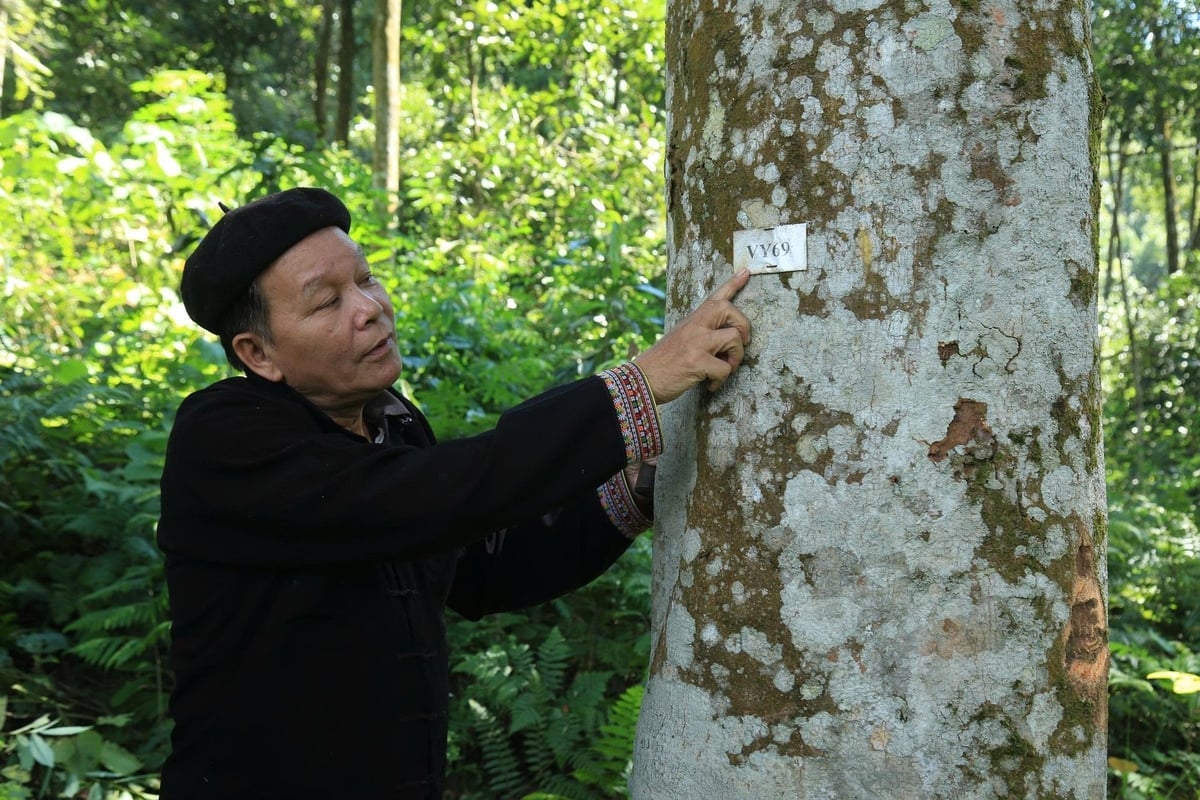
Mr. Kim next to an ancient cinnamon tree planted in the 1980s. Photo: Thanh Tien.
After returning to his hometown from the army in 1981, Mr. Kim started growing cinnamon. He said: “From 1982 to 1992, my family planted a lot of cinnamon. The cinnamon trees planted at that time are now as big as house pillars or fan rims, an adult cannot hug them. I still keep some trees to collect seeds."
Mr. Kim said that in the last 20 years, people's lives have begun to improve. 95% of households in the village have escaped poverty. The whole Vien Son commune mainly lives on cinnamon trees, there is no other tree that can replace them.
Mr. Kim had 8 children, 6 boys and 2 girls. When his children grew up, he harvested cinnamon and divided the land for them to grow and start their own business. The sons were given more than the daughters, each one a piece, a cluster. When his daughter got married, he also gave her a small cinnamon hill as a dowry. So, the father planted, the son planted again, and the cinnamon tree took root in the lives of the Dao people here.
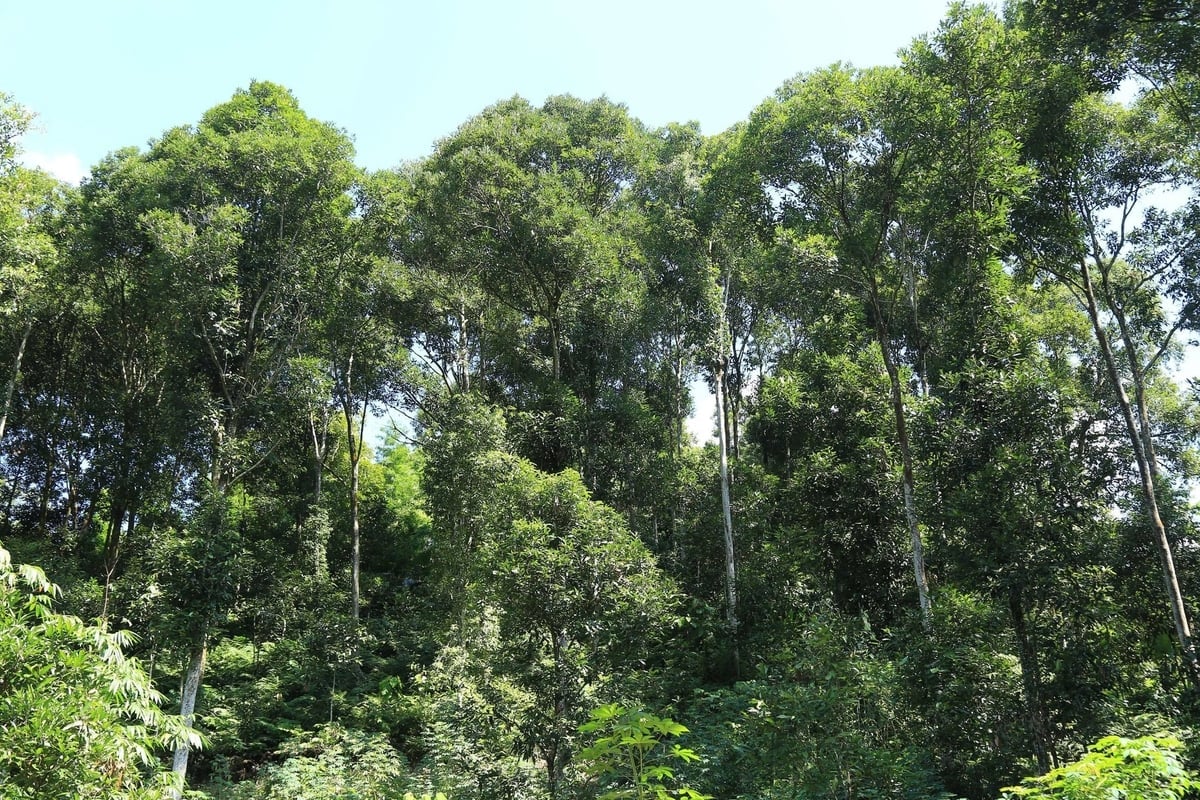
In Vien Son, almost all households grow cinnamon. Photo: Thanh Tien.
"Golden guarantee" of cinnamon tree
Mr. Ly Tien Thanh, Party Secretary of Thap Cai village, shared: “When talking about cinnamon trees, we must mention the ancestor Ban Phu Sau. He was the first person to come down to this Thap Cai land. The elders recounted that more than 100 years ago, when he went to the forest, he saw a very lush tree, picked the leaves to try and taste them, found them spicy and fragrant, so he pulled up a sapling to plant. The Vien Son cinnamon tree has grown since then. We are the 5th or 6th generation after Mr. Ban Phu Sau, now the people of Thap Cai village worship him at the village temple, considering him the ancestor of cinnamon growing.”
From Mr. Sau’s first cinnamon trees, Vien Son has now become a “capital” of cinnamon with a vast area. Thap Cai village alone with 215 households has nearly 1,400 hectares of cinnamon.
According to Mr. Ban Phuc Hin, former Chairman of Vien Son Commune, what makes Vien Son cinnamon famous is not only the area but also the quality. The same cinnamon tree grown here has a much higher essential oil content. That is due to the special climate and soil factors. Therefore, the value of Vien Son cinnamon is always higher than other places.
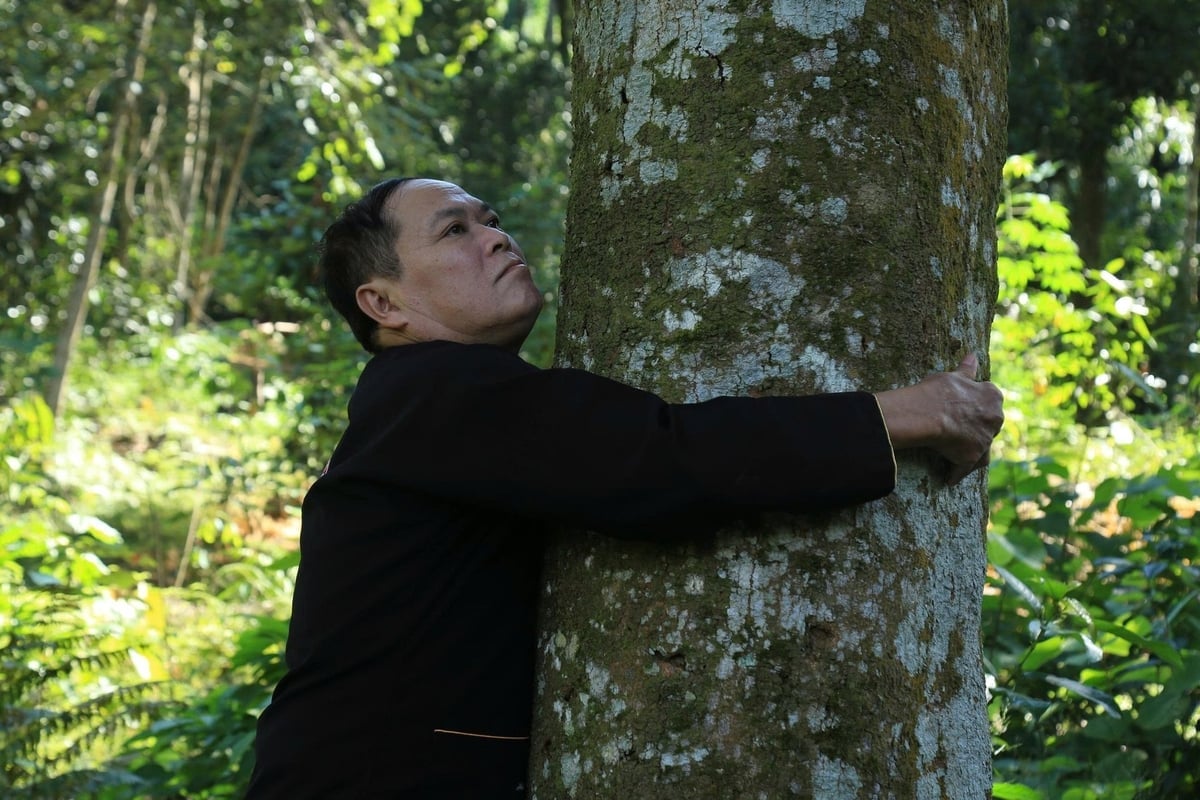
An ancient cinnamon tree that an adult cannot hug. Photo: Thanh Tien.
Thanks to its superior quality, in 2017, Vien Son cinnamon and 6 other communes of Van Yen district (old) were granted the geographical indication certificate "Van Yen cinnamon" by the Intellectual Property Office. This is a "golden guarantee" for the cinnamon brand here.
In recent years, with the guidance of companies and specialized agencies, people are strongly shifting to organic cinnamon production. The process is very strict, first of all, good varieties must be selected to ensure the quality of essential oils. When preparing the land, absolutely do not use pesticides or herbicides, only rake manually. If the plant has pests, just use your hands to catch or break off the leaves, do not spray pesticides.

People have formed the habit of making organic cinnamon. Photo: Thanh Tien.
Mr. Ly Tien Thanh, Secretary of Thap Cai Party Cell, said: “In the past, people grew 100% organically because there were no pesticides, herbicides or chemical fertilizers. There was a period around the year 2000 when people used herbicides quite commonly. After being propagated and mobilized, now 95% have returned to growing organic cinnamon. People only cut grass, the grass that falls down decomposes naturally into natural fertilizer for cinnamon, without using a single grain of chemical fertilizer.”
Striving to have 4,000 hectares of organic cinnamon
Cinnamon trees have truly become “golden trees” in Vien Son land, people call them “happy trees”, “poverty alleviation trees”. Mr. Ly Tien Thanh made a simple calculation: The cinnamon cycle is now shortened to 10 - 15 years. By the 7th year, it can be pruned. If you harvest 1 hectare, you can earn from 500 - 700 million VND, depending on the age of the tree.
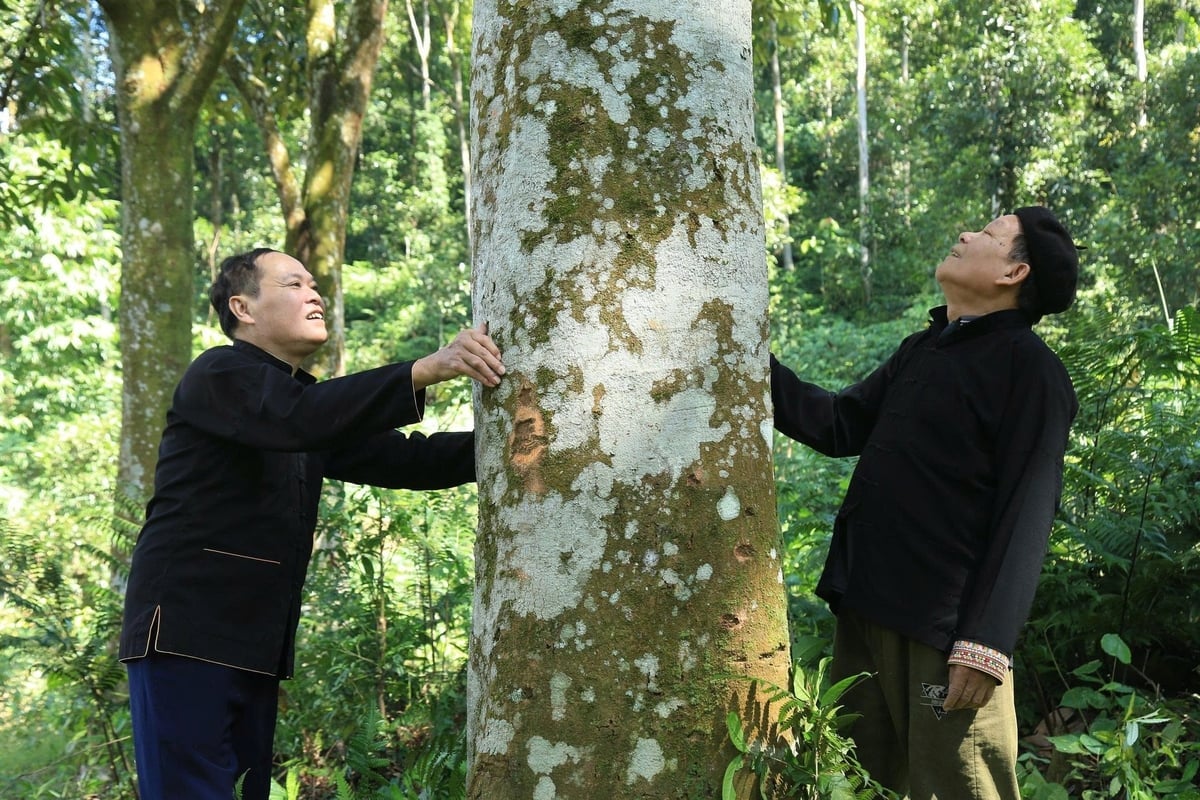
The Dao people in Vien Son have been attached to cinnamon trees for many generations. Photo: Thanh Tien.
With 1,400 hectares of cinnamon, Thap Cai is getting rich quickly. The average income per capita in 2024 reached 54 million VND, striving to increase to 60 million VND this year. The number of poor households is only 12 (mainly the elderly, lonely, sick), 97% of the houses of the villagers are solid houses.
“About 40% of households in Vien Son earn billions from cinnamon. A household with 2 hectares of 10-year-old cinnamon already has 1 billion, while here, a household with 5-10 hectares is normal. It turns out that there are about 300 households with more than 10 hectares of cinnamon, assets worth tens of billions of dong are not rare,” Mr. Thanh calculated.
Mr. Luu Trung Kien, Secretary of the Xuan Ai Commune Party Committee, said that the new commune was formed after merging 5 communes (Dai Phac, Yen Phu, Yen Hop, Vien Son and Xuan Ai). The commune has a total natural area of nearly 124 km2 and a population of nearly 25,000 people. This was the key cinnamon growing area of Van Yen district in the past with a total area of more than 6,000 hectares, of which 2,000 hectares met organic cinnamon standards.
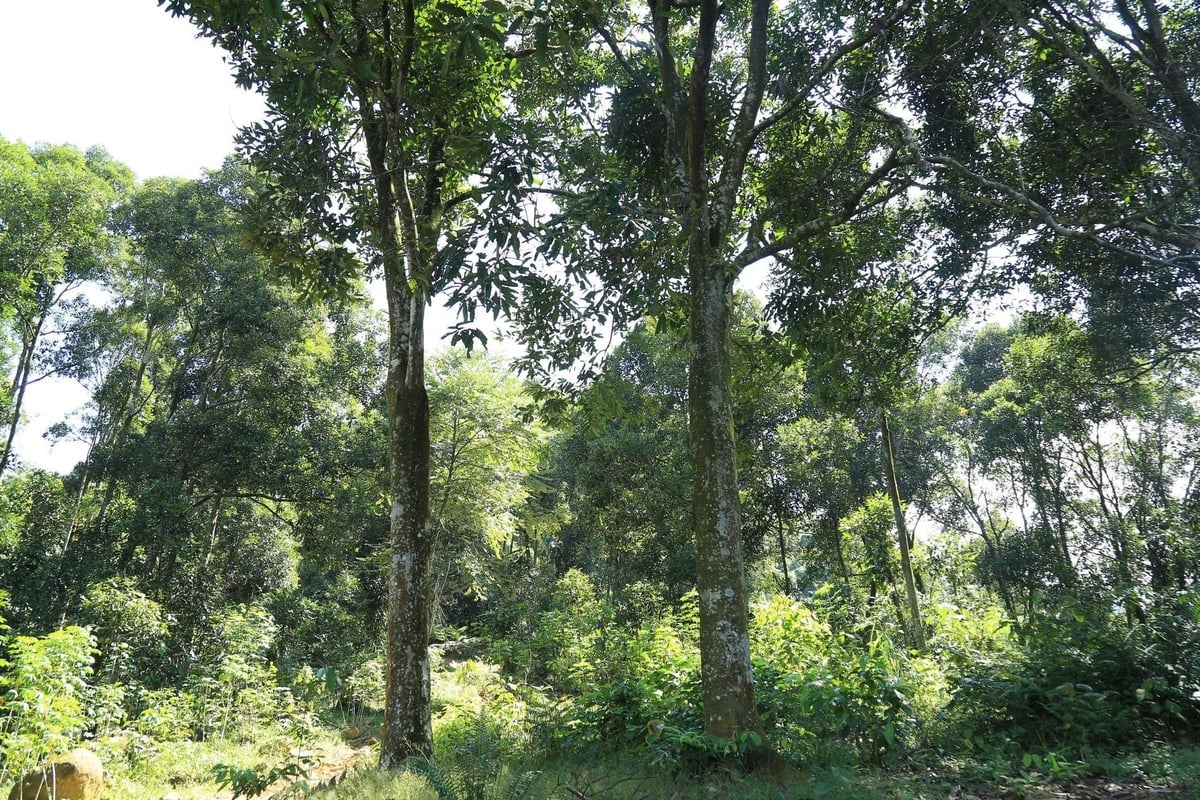
Xuan Ai Commune strives to have 4,000 hectares of organic cinnamon. Photo: Thanh Tien.
In the coming period, Xuan Ai commune will continue to plan and develop cinnamon material areas, focusing on increasing the area of organic cinnamon, striving to bring the area of organic cinnamon to over 4,000 hectares. Over 50% of the commune's cinnamon output is processed and exported to high-quality markets such as the US, Japan, Korea, and the EU.
With a tradition of hundreds of years of clinging to the land and forests, and a deeply rooted organic production mindset, Xuan Ai cinnamon region will certainly continue to expand to contribute to bringing Vietnamese cinnamon to the whole world and continue writing the story of wealth from the green forest.
Source: https://nongnghiepmoitruong.vn/cay-hanh-phuc-o-xuan-ai-d780900.html


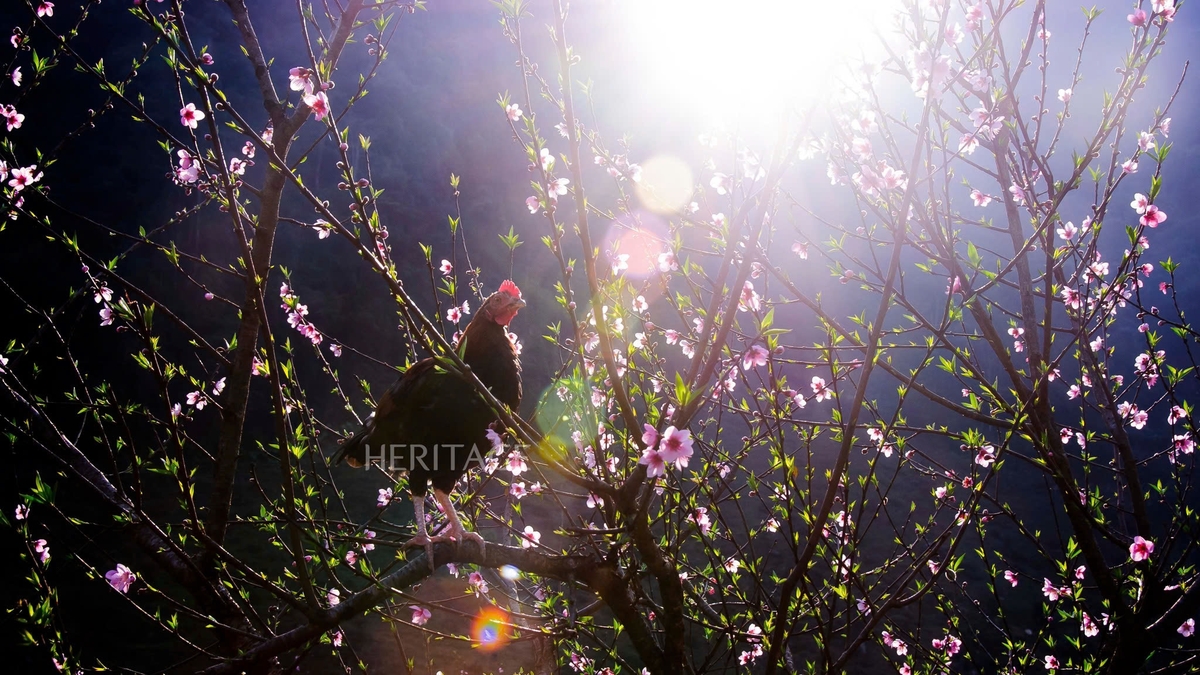




![[Photo] Closing of the 14th Conference of the 13th Party Central Committee](https://vphoto.vietnam.vn/thumb/1200x675/vietnam/resource/IMAGE/2025/11/06/1762404919012_a1-bnd-5975-5183-jpg.webp)
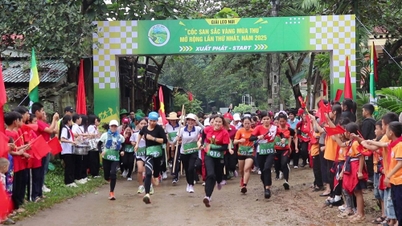

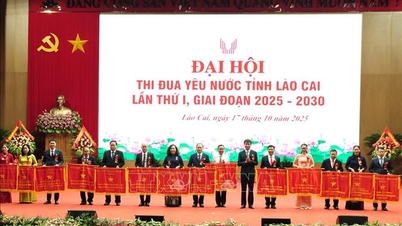

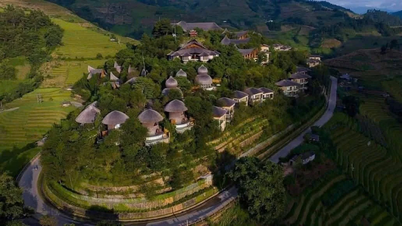





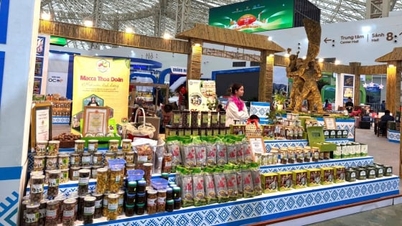


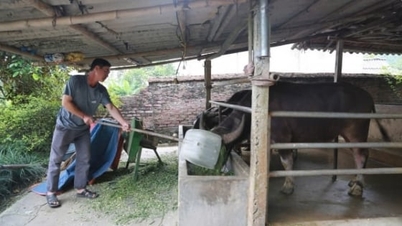
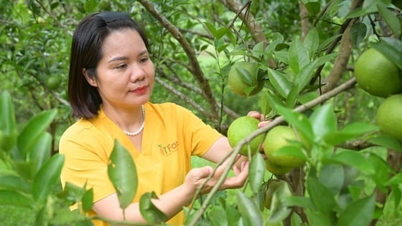






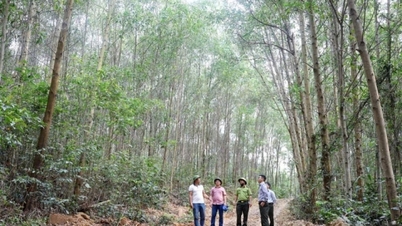

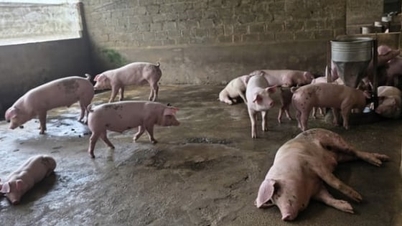
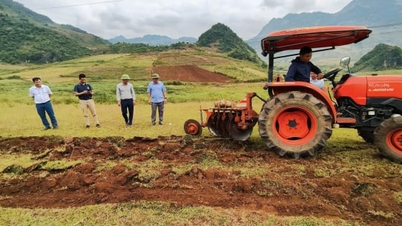
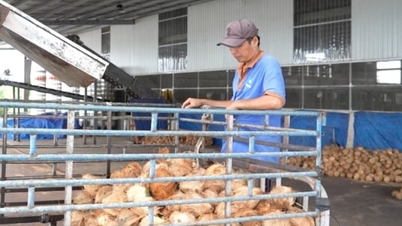















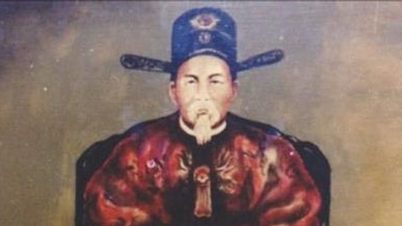




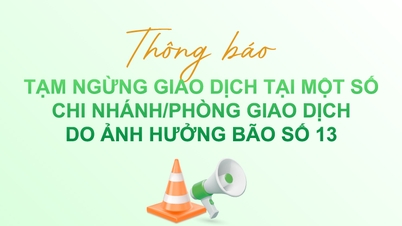





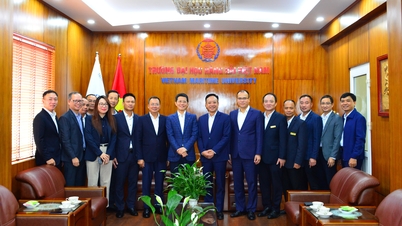
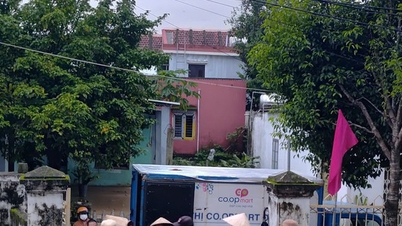
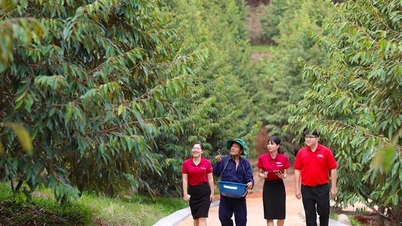









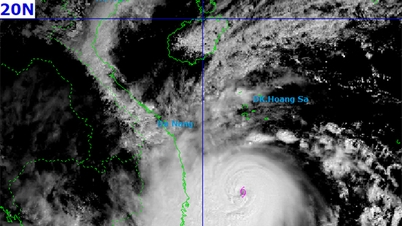




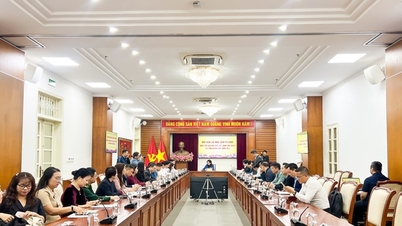






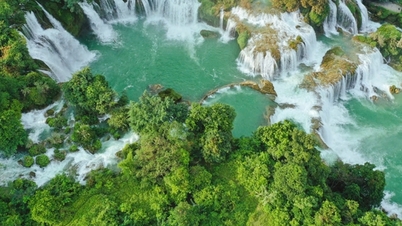




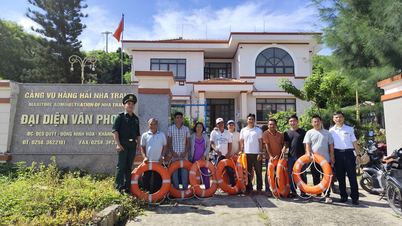


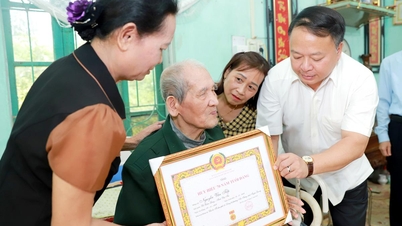
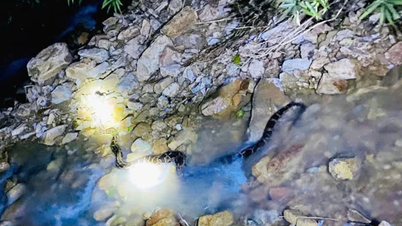








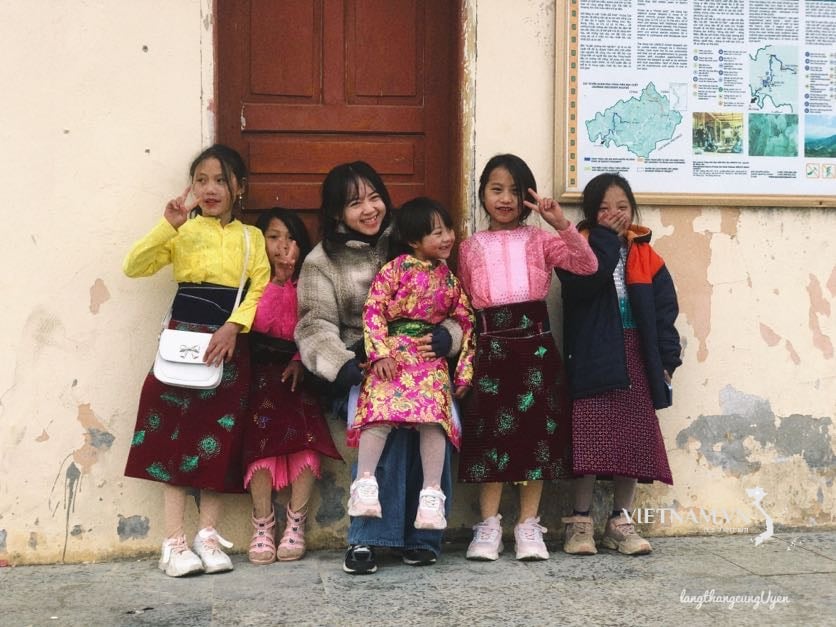



Comment (0)